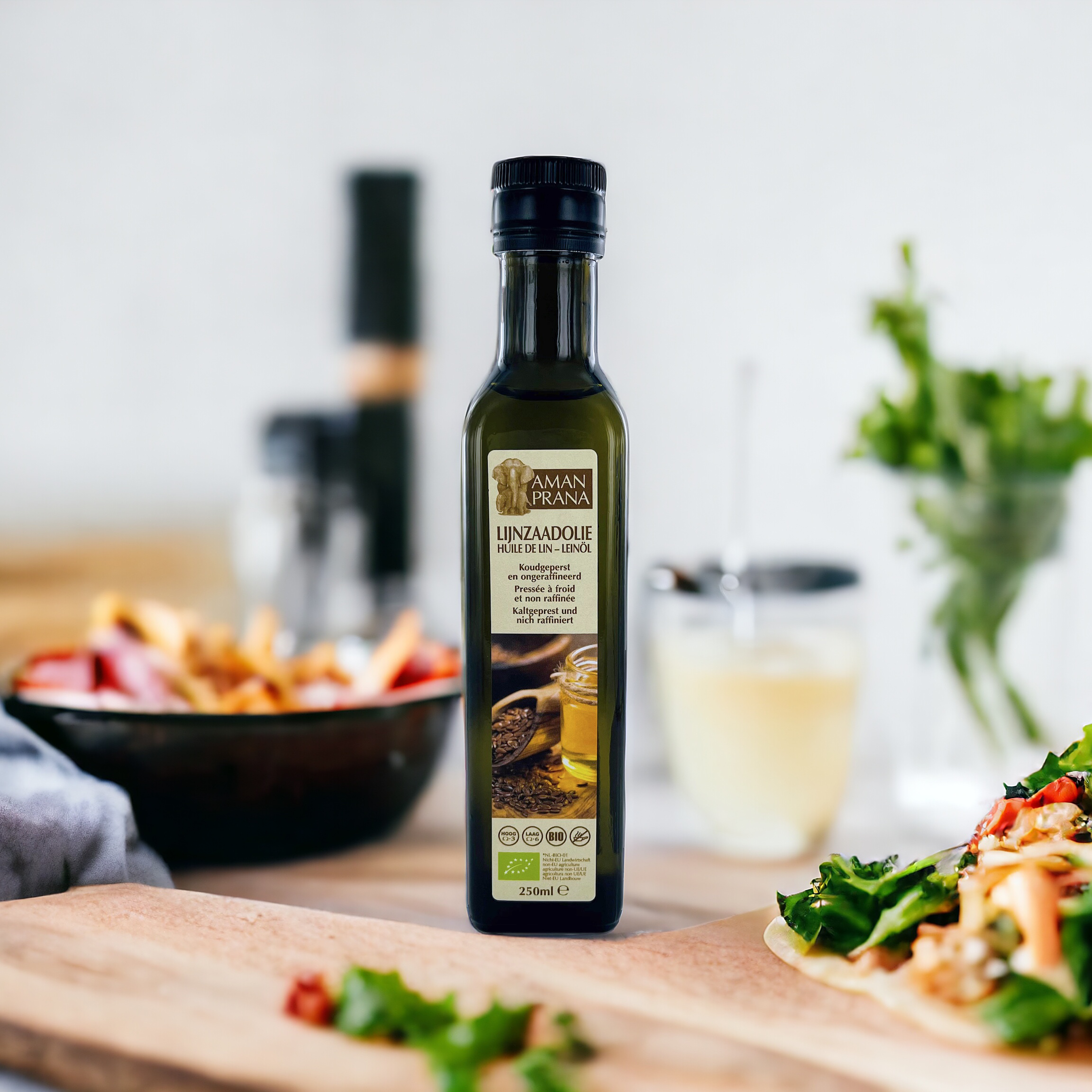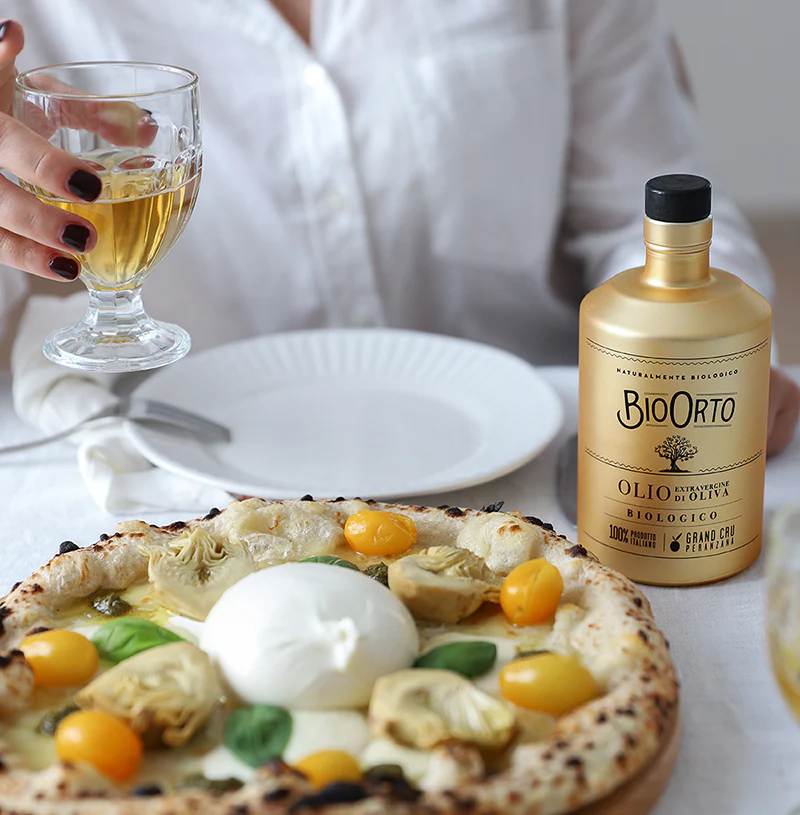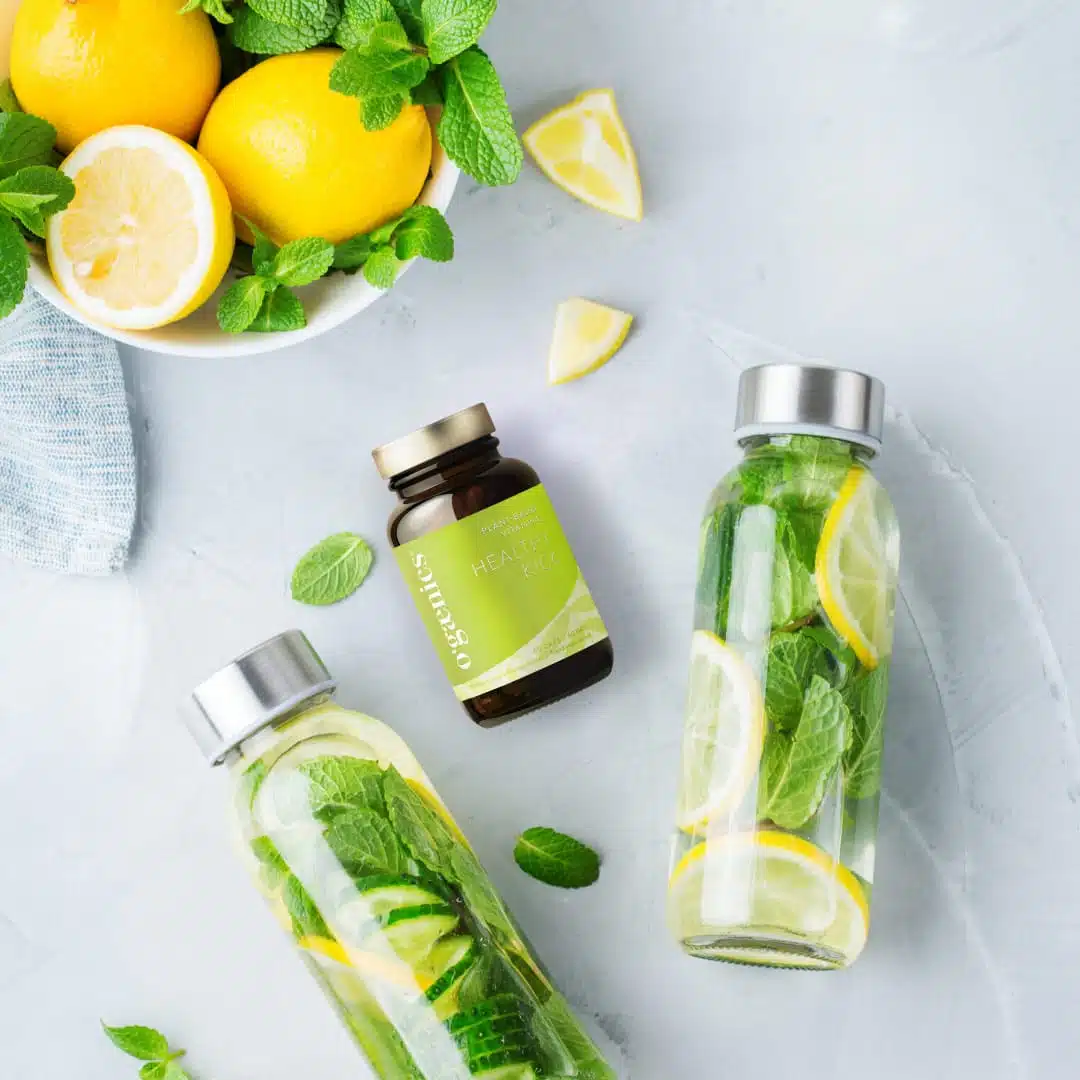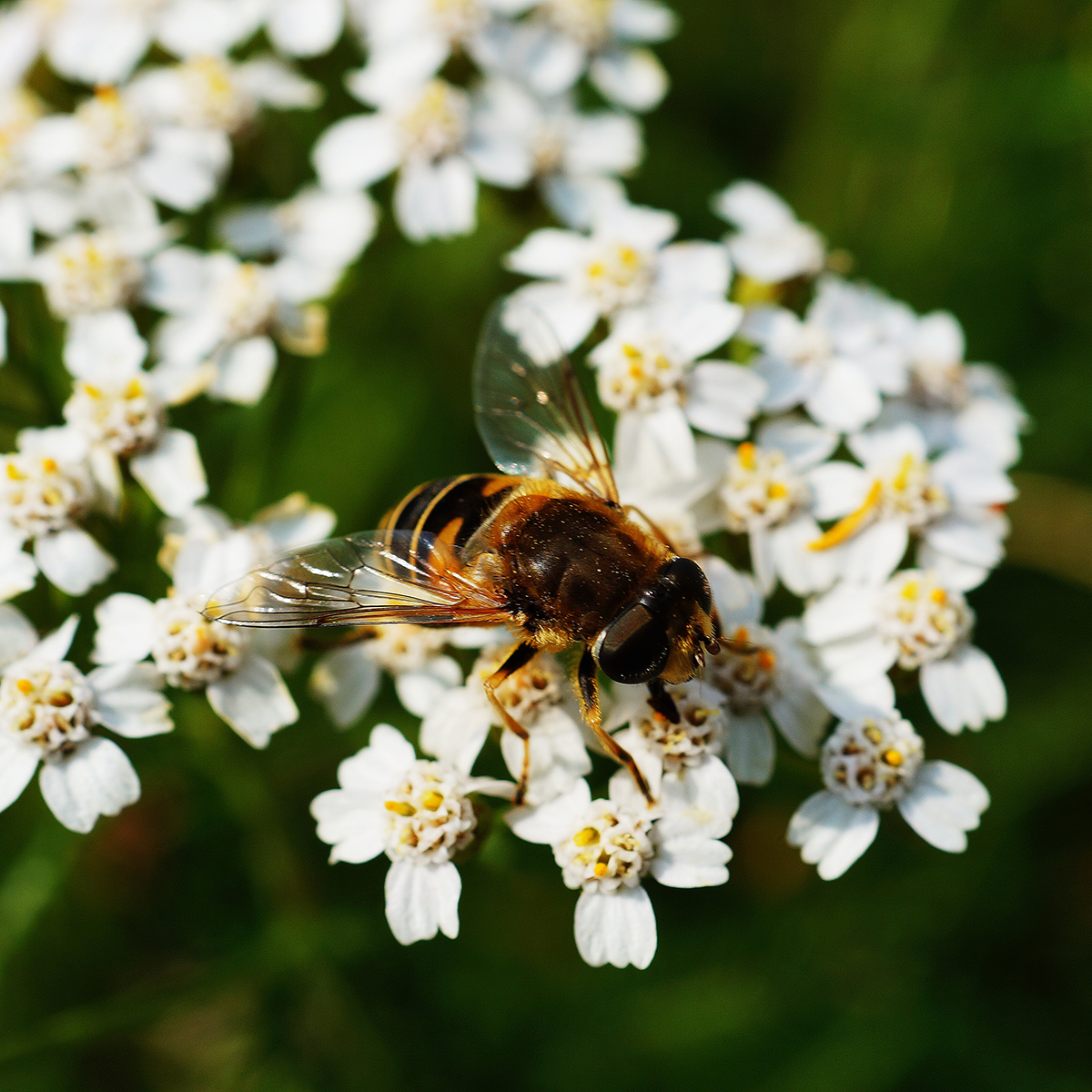Are you tired of using artificial sweeteners that do more harm than good to your health? Are you looking for a natural and healthy alternative to sugar? Look no further than maple syrup! Explore the world of maple syrup, including what it is, how it's made, its benefits, and why organic maple syrup is the way to go.
What is Maple Syrup and Where Does it Come From?
Maple syrup is a natural sweetener made from the sap of maple trees. It's native to North America and has been used for centuries by Indigenous peoples for its sweet taste and medicinal properties. Today, maple syrup is enjoyed all over the world and is a staple in many kitchens.
Maple syrup is harvested in the spring when the temperatures start to warm up. As the sap flows up the tree to provide nutrients for the growth of new leaves and buds, it's collected in buckets or through a tubing system that's attached to the tree. The sap is then boiled down to remove the water content, leaving a thick, sweet syrup.
How is Maple Syrup Made?


The process of making maple syrup is a delicate one that requires patience and attention to detail. Here's a step-by-step guide to making maple syrup:
1. Tapping the trees: Maple trees are tapped in the early spring when the sap starts flowing. A hole is drilled into the trunk of the tree, and a spile is inserted to allow the sap to flow out.
2. Collecting the sap: The sap is collected in buckets or through a tubing system that's attached to the tree. The sap is then transferred to a holding tank.
3. Filtering the sap: The sap is filtered to remove any impurities, such as twigs, leaves, and bugs.
4. Boiling the sap: The sap is boiled in an evaporator to remove the water content. This is done slowly and carefully to avoid burning the syrup.
Finishing the syrup: When the syrup reaches the desired thickness and sweetness, it's removed from the evaporator and filtered once again. It's then bottled and ready to be enjoyed.
Why is Maple Syrup Different from Other Sugars and Syrups?
Maple syrup is a unique natural sweetener that's different from other sugars and syrups for several reasons. Firstly, maple syrup contains antioxidants and minerals such as calcium, iron, and potassium, making it a healthier option compared to other sweeteners. Additionally, it has a lower glycemic index than white sugar, meaning it won't cause spikes in blood sugar levels.
Another reason why maple syrup is different is its flavor profile. Unlike other sweeteners, maple syrup has a rich, complex flavor that ranges from sweet to savory, making it a versatile ingredient in both sweet and savory dishes.
How is Maple Syrup Graded and What do the Grades Mean?
Maple grades are made of two components, color and flavor, and the flavor corresponds with the color. The darker the syrup, the stronger the maple flavor. For a syrup to make the grade, it must fall within the color range for that grade and have the proper flavor to match. Maple syrup is graded with four main grades:
Grade A:
This is the highest quality of maple syrup, with a light color and delicate flavor. It's perfect for drizzling over pancakes, waffles, or yogurt.
Grade B:
This syrup has a darker color and a stronger, more robust flavor. It's great for baking or adding to recipes that require a bold maple flavor.This syrup is the darkest and has the strongest maple flavor. It's typically used in cooking and baking, where the intense flavor can stand up to other ingredients.
Grade C:
This syrup is the darkest and has the strongest maple flavor. It's typically used in cooking and baking, where the intense flavor can stand up to other ingredients.
Commercial grade:
This grade is typically used in the food industry and is not available for purchase by consumers.
Why is it Important to Avoid Commercial Maple Syrups and Opt for Organic Instead
Commercial maple syrups are often made using artificial additives, preservatives, and high-fructose corn syrup, which can be harmful to your health. These syrups also lack the unique flavor profile and health benefits of organic maple syrup.
Organic maple syrup, on the other hand, is made without the use of harmful chemicals or additives. It's pure and natural, retaining all of the nutritional benefits and rich flavor of maple syrup.
Additionally, choosing organic maple syrup supports sustainable and environmentally friendly practices. Organic maple syrup is produced using sustainable forestry methods that promote the health and growth of maple trees while preserving the natural habitats of wildlife.
How Do You Use Maple Syrup?
Maple syrup is a versatile ingredient that can be used in many different ways. Here are some ideas on how to incorporate maple syrup into your diet: 
1. Drizzle it over pancakes, waffles, or oatmeal for a sweet breakfast treat.Use it as a sweetener in coffee or tea.
2. Add it to smoothies or yogurt bowls for a natural sweetener.
3. Use it as a glaze for roasted vegetables or meat dishes.
4. Add it to baked goods, such as cookies, muffins, or cakes.
5. Use it as a substitute for sugar in recipes, such as marinades or dressings.
Maple syrup is a natural and healthy alternative to artificial sweeteners. It's packed with antioxidants, minerals, and a unique flavor profile that makes it a versatile ingredient in many dishes. When choosing maple syrup, it's important to opt for organic varieties to avoid harmful additives and support sustainable practices. So go ahead and indulge in the sweet and natural goodness of maple syrup!














The information below is required for social login
Sign In
Create New Account